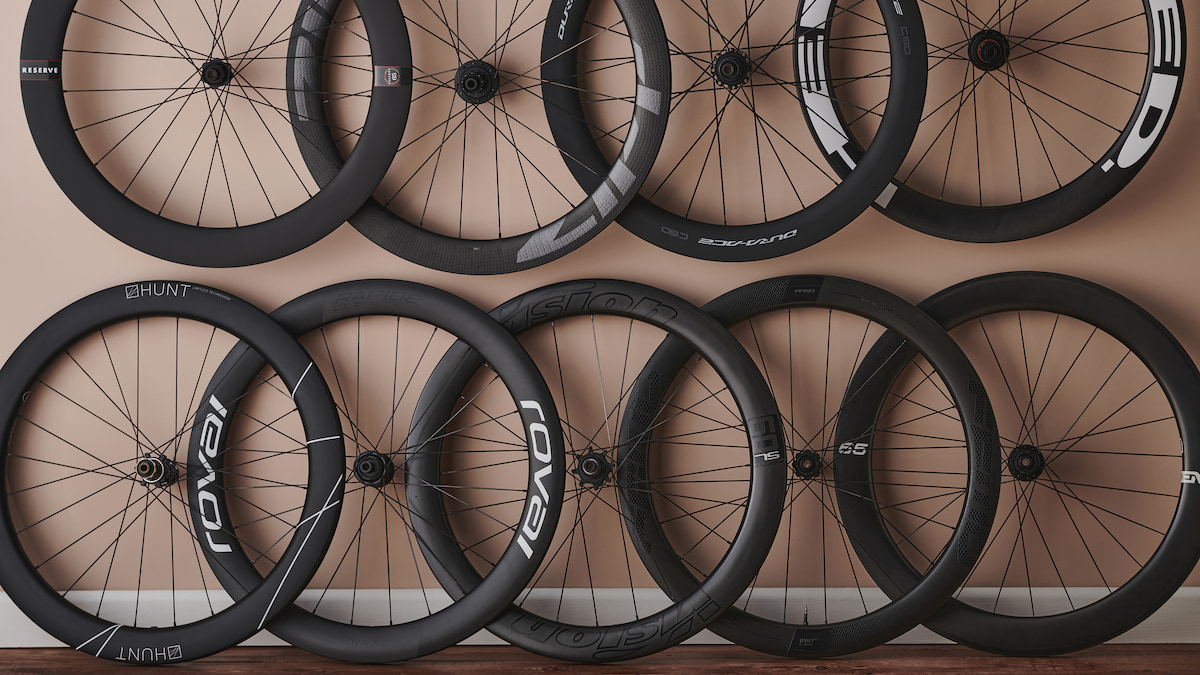As the only point of contact between your bike and the road, your bicycle wheels are essential to your cycling experience. A great wheel setup can completely transform your performance and deciding whether you need tubeless, carbon wheels or road clinchers is a key decision in the process. Understanding the differences between all of these types of wheels and the parts they consist of is of paramount importance when making a buying choice. Without further ado, here’s what you need to know.
Shallow Section
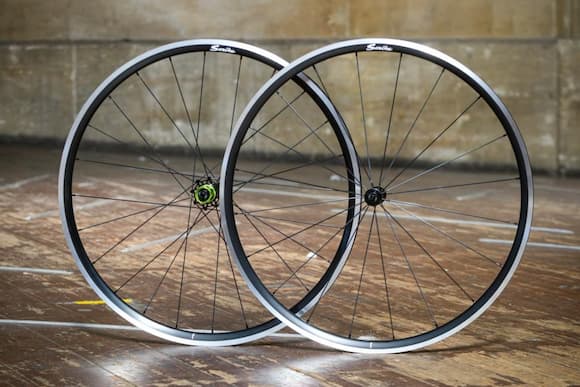
These wheels for bike are common for beginners, as they’re affordable and come with a decent strength to weight ratio. Shallow section wheels are suitable for all types of riding. There are lots of different shallow section wheel types and models, ranging from entry-level aluminium to high-shelf carbon fibre models.
Mid-Section
Mid-section wheels aren’t as popular as shallow section and deep-section wheels. This is mainly due to a common misconception that deeper wheels are faster and better. However, that’s not always the case. Your riding style may benefit from one type of wheel more than the rest. Mid-section wheels are lightweight, and feature the aerodynamic benefits of deep-section wheels. A lot of riders who have given them a chance swear by them, as they’re fast enough to use on flat roads and light enough to climb with.
Deep-Section
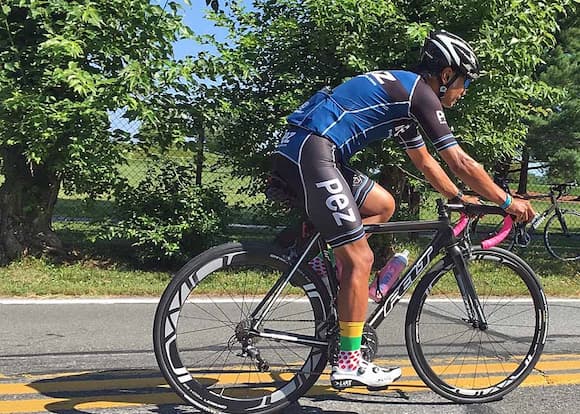
Deep-section wheels provide the best aerodynamic performance out of all wheel types, making them ideal for road riding. They cut through the wind and are best suited for flat terrain. However, due to recent technological advancements, manufacturers of wheels for bike can make them light enough so they can even perform well on mountain terrains.
The Parts of a Wheel
Hubs
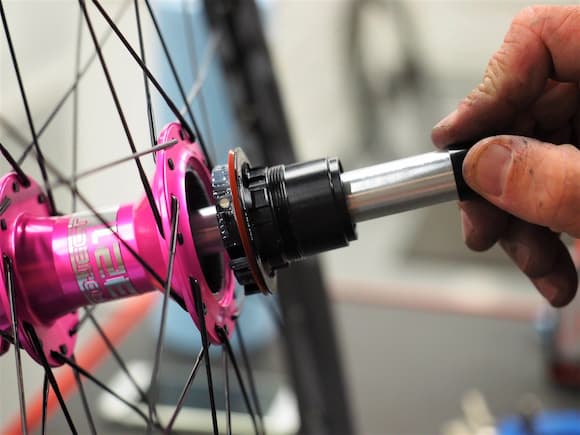
The hubs are the central part of a wheel. Simply put, the wheels rotate around them. The mechanism behind them is operated by the axle and bearings. The spacing between the hubs is also important. Make sure the wheels you buy have the same spacing that your fork and frame have. Generally, manufacturers will list this information on their website, and so will fork manufacturers. Generally, the wider the spacing in the frame and forks, the wider stiffer the wheels. As a result, you also get a greater bracing angle between the spokes, which also results in stiffer and stronger wheels. The most common hub spacing on road bikes is 100mm on the front hubs and 130mm on the rear hubs. On regular mountain bikes, the front hubs are 100mm apart, whereas the rear hubs are 142mm.
Bearings
The bearings, as aforementioned, are what make the wheels turn on the axle. Hubs feature either cup and cone or cartridge bearings. Cartridge bearings are the more popular option, as they’re simple to install and require little to no maintenance. Cup and cone bearings, on the other hand, require some simple maintenance, and need to be adjusted properly to ensure adequate friction. If you want to get the best performance out of your wheels, consider ceramic bearings, as they’re the smoothest and roundest type available.
Spokes
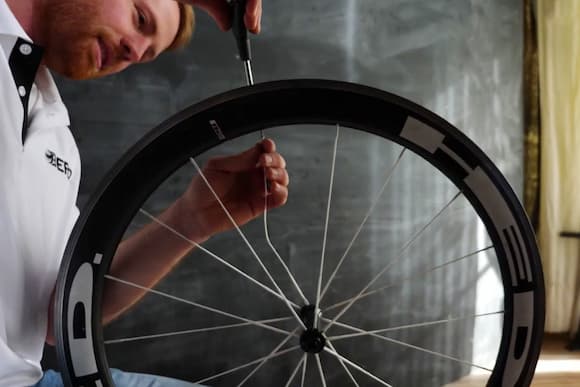
The spokes are what support the rims and their purpose is to distribute the pressure evenly around the entire wheel. They’re generally flat, bladed, aero or round in profile. Flat, aero and bladed spokes are becoming more popular, as they provide better aerodynamic performance without compromising on strength. The spokes are tensed on most wheels except high-end ones using nuts known as nipples.
Nipples
The nipples are what add tension to the spokes. They’re generally made from brass for optimum strength. Aluminium nipples are also viable, and they’re lighter in weight, resulting in reduced rotating mass.
Tubular vs Clincher vs Tubeless Wheels
Clincher wheels are the most common ones for road riding, as they provide the most convenience after installing their tyres and tubes. They feature a bead seat on the rim to prevent the tyre from disconnecting from the rim while the pressure inside the tube pushes the bead into position, providing for a comfortable and safe ride.
Tubular wheels are generally lighter in weight, as they don’t feature a bead seat inside the rim. If you decide to use tubular tyres for sporting activities, consider carrying a spare tubular tyre. On the downside, they’re more cumbersome than spare innertubes, but fortunately, they’re easy to change. Furthermore, tubular wheels require more in terms of preparation depending on whether you decide to mount them on the tyres by using tubular tape or glue.
Lastly, tubeless wheels are becoming increasingly more popular as of late. They’re generally heavier than clincher wheels, as they feature extra material on the rim to provide an airtight seal, which is needed when using tubeless tyres. The benefit of these wheels is that you don’t need inner tubes, so you won’t lose any rotating mass. Due to their unique construction, pinch punctures are unlikely.
